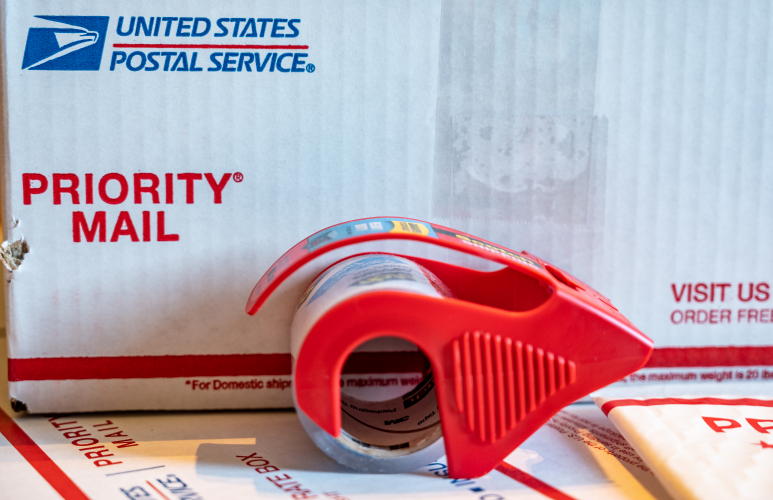Inflation rates, along with a drop in U.S mail volume, are boosting the case for postage rate increases, according to a memo from The Alliance of Nonprofit Mailers. U.S. Postal Services officials filed its case at the Postal Regulatory Commission yesterday.
The base increases are expected to include an additional 5.4% for First Class Mail and Marketing Mail (formerly known as Standard Mail) letters, 7.4% or more for Marketing Mail flats and Carrier Route Flats, and 8.1% for Periodicals. These are averages for the categories, as the Postal Service has myriad sub-rates within each. Given the 90-day notice requirement for new rates, the rates are expected to be implemented on July 9.
Increases are partly based on the Consumer Price Index (CPI), but the calculations include other variables. One variable is based on declines in mail volume. If mail volume during a 12-month period drops by an aggregate 10%, for example, the Postal Service’s calculations could include an additional 4.5% hike on top of other considerations, according to a hypothetical scenario presented by Alliance of Nonprofit Mailers Executive Director Stephen Kearney. Monday’s case included whether, or how much, of these discretionary add-ons will be factored into the new rates.
Since the start of the 2023 USPS fiscal year in October 2022, through February 2023, mail volume is off by an aggregate 6.7% from the same period the previous year. But, the trend in mail volume drop is accelerating. February 2023’s volume was 10.8% less than that of February 2022.
Postal volumes would have to drop more than 12.3% for each of the remaining months in the USPS’s fiscal year for Kearney’s hypothetical scenario to go into effect (smaller and larger increases are also possible). Kearney stands by his proposed figures, arguing that mail volume is facing increasing headwinds. Kearney’s case was bolstered by results for the week ending April 1, during which total mail volume fell by that 12.3% figure, with Marketing Mail (down 13.8%), Periodicals (down 22.7%), Periodicals (down 22.7%) and Flats volume (down 15.4%) all falling faster than the average.
One of the strongest headwinds comes from a decision implemented by Postmaster General Louis DeJoy to propose rate increases every six months. The next rate hike would go into effect in mid-July, possibly as early as July 9, potentially causing all mailers, nonprofit and otherwise, to evaluate volume at the fringes of their campaign during the remaining months of the USPS’s fiscal year and beyond. Prospect lists with uncertain potential, along with customers of marginal value, could be eliminated from mail campaigns, causing the volume decline that would trigger further postage hikes.
“Piling large rate hikes on top of ongoing volume losses is how a death spiral feeds itself in the USPS context,” Kearney wrote in a recent memo. “The growing prospect of a recession in the second half of this year makes matters worse.”
Despite a certain feeling of inevitability surrounding the rate hikes, the Alliance is making a case for holding the line. “We have raised our concerns with the Postal Service about the steep decline in mail volume and the fact that we are convinced that most of the cause is rate increases. That is what our members are telling us,” Kearney told The NonProfit Times.
Postage price increases have boomed during the past two years. If the full authority to raise prices is granted, between January 2021 and July 2023 postage rates for First-Class Mail will have jumped 27.2%, those for USPS Marketing Mail will have increased by 26.8% and Periodicals rates will have jumped by 34%.
Individual mailers have limited recourse when it comes to controlling their postage expense. Kearney mentioned one large nonprofit mailer that relies on First-Class postage for some of its efforts. That mailer has stockpiled Forever Stamps, which will be honored for First-Class delivery at any time in the future despite the amount paid for them.
“They keep the stamps in a bank vault,” Kearney said.

